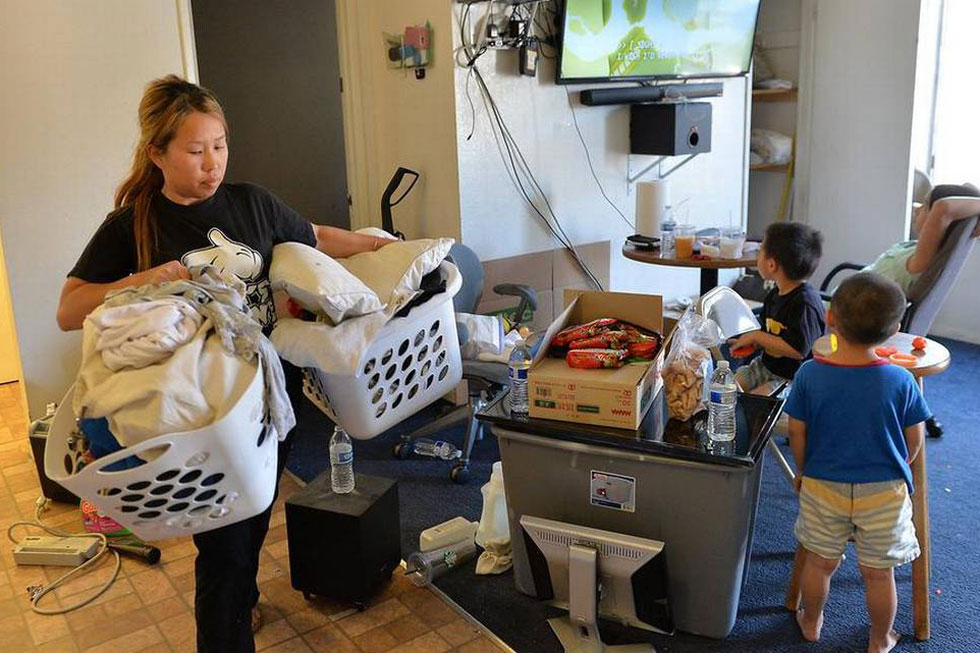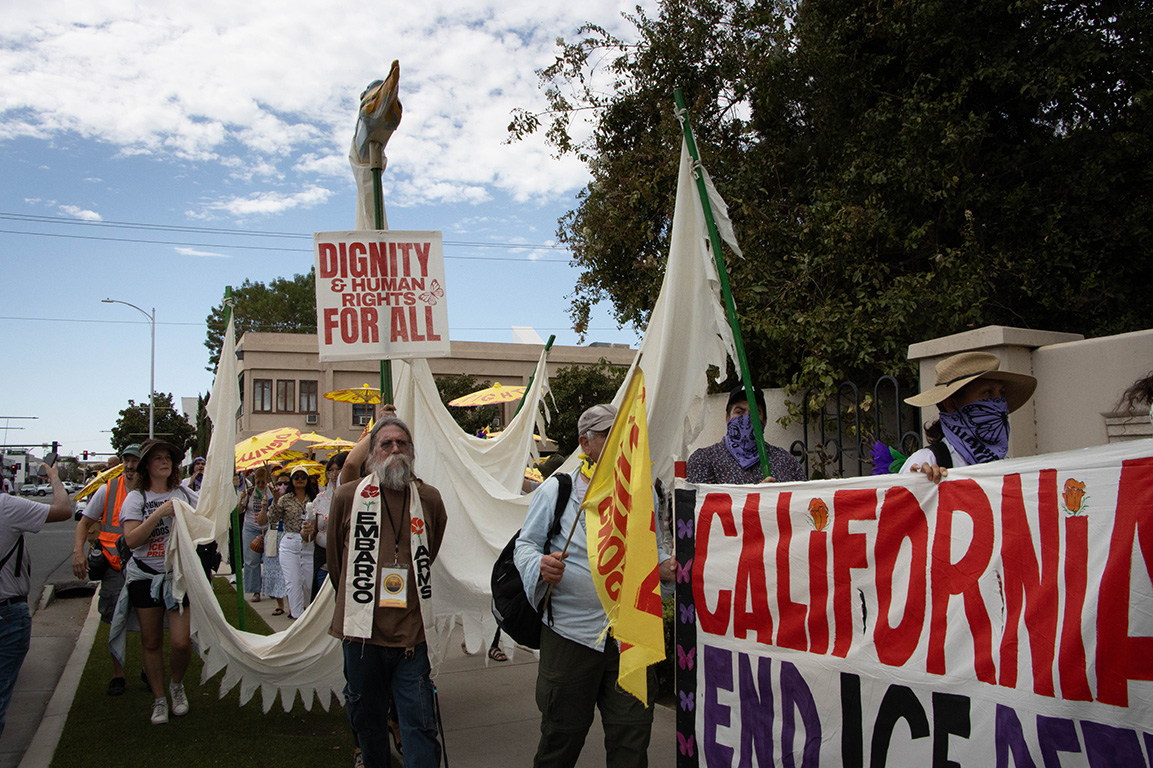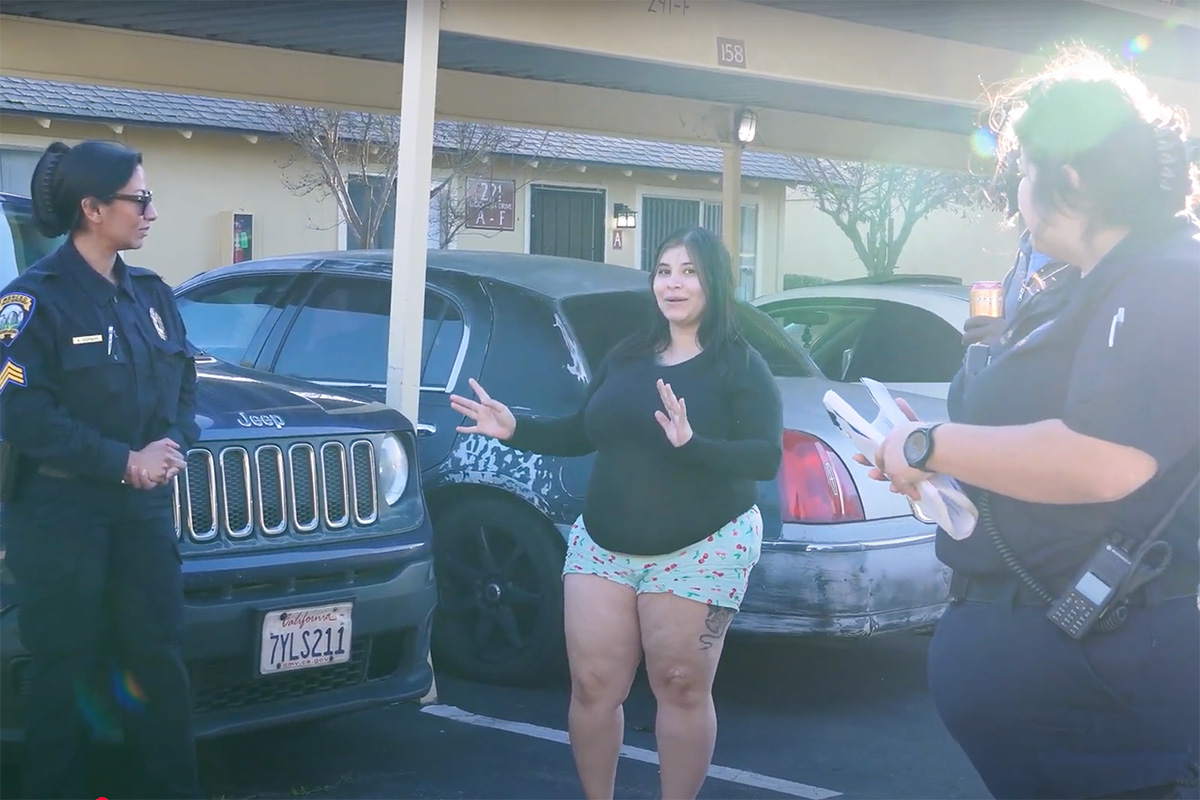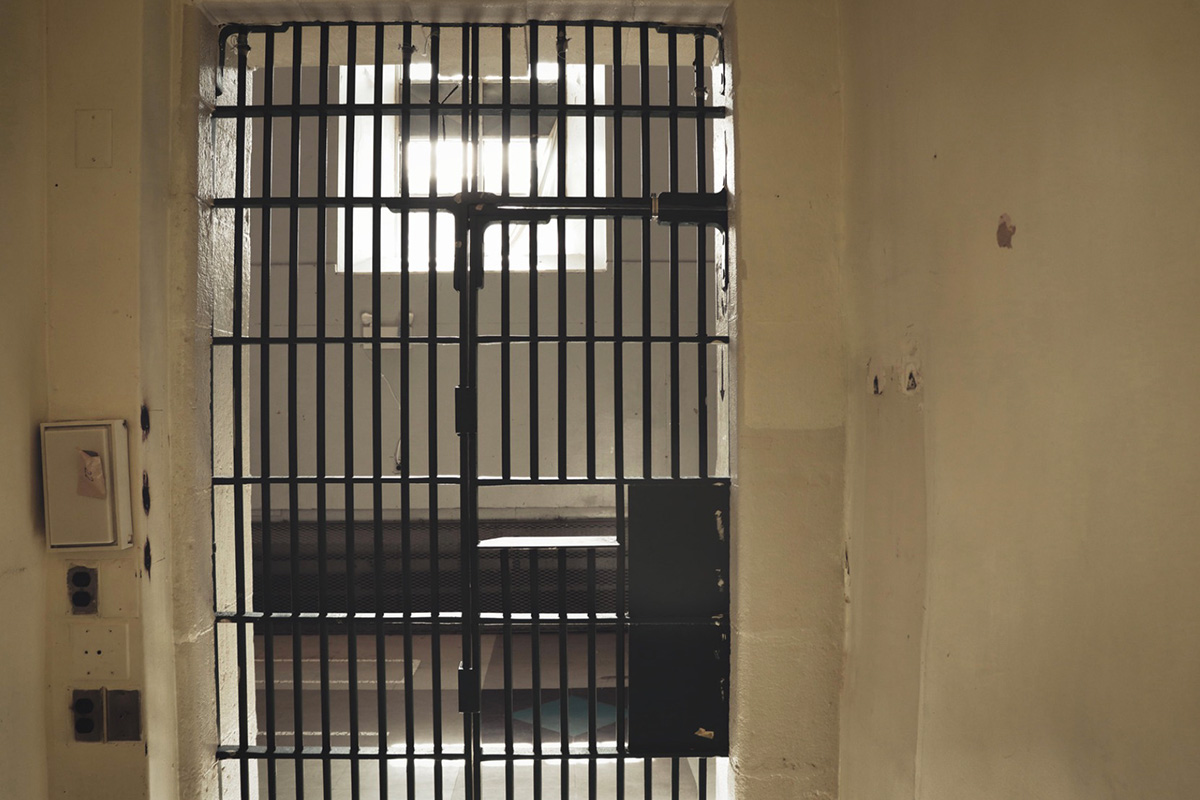What happens when people of faith refuse to stay silent in the face of suffering?…

Evicted in Fresno: A Complex Story of Economic Burden—and Profit
By Janine Nkosi and Amber Crowell—Nov. 3, 2019
Every year in Fresno County court orders evict thousands of households — 3,000 plus — from their homes. Thousands more of informal evictions happen outside of the courtroom.
Evictions disrupt and devastate. Families lose their homes and possessions. They lose the safety and comfort of their neighborhoods. Children lose bonds with teachers and friends; their attendance, ability to focus, and academic performance suffer.
Perhaps most alarming is the correlation that Matthew Desmond, Princeton sociologist and Pulitzer Prize-winning author of “Evicted: Poverty and Profit in the American City,” found between evictions and suicide among single mothers.
But communities pay the price for evictions, too — in lost productivity, lower educational attainment, reduced employment and increased health care costs.
Our findings on Fresno County evictions tell a complex story of economic burden — and profit. On average, with court fees and costs, an eviction quadruples what the tenant originally owed on rent. Meanwhile, court records since 2007 show that Fresno judges are awarding the top lawyer representing landlords about $1 million annually on eviction cases — money to be paid by tenants.
And these cases are easy to win — almost two-thirds of them resolve with a default judgment for the landlord because the tenant does not appear in court. When tenants do appear, only 1% of them have legal representation, while 73% of landlords have lawyers.
Why are renters forced to move in the first place?
Compared to neighborhoods with low poverty, eviction rates are twice as high in neighborhoods where there is severe poverty, and families, on average, pay over half their income for rent. Unsurprisingly, many cannot sustain that rent burden and fall behind.
But it’s rare to fall far behind. Landlords tell a story of “deadbeat tenants” who live for months on the landlord’s dime, while the landlord goes bankrupt. In fact, 40% of tenants are one month behind, or less, when they get an eviction notice, another 42% are one month plus late fees, and most of them are out of their homes within 32 days. Our data shows a range of as little as six days to a maximum of 77 days before a tenant is forced out.
And failure to pay is not the only reason renters are evicted. Among the 1,000 unlawful detainer cases we examined, 11% were nonrent related. Evictions happen for many reasons.
We learned about Barbara, 73, and Steve, 75 (not their real names). They were served an eviction from their senior-living community for “unauthorized occupants.” But if someone you loved needed a place to stay, would you turn them away? Or would you risk violating your lease to shelter them? Their case is not unique.
Read more at the Fresno Bee.
Comments (2)
Comments are closed.





We’re a retired couple who live off of our rental income. Our rentals were fully renovated by our own hands & hard work. Our fully employed tenant hasn’t paid rent for 3 months & filed frivolous motions (claiming wrong jurisdiction, etc.) to just to delay the process. She gets more free lodging and after 60 days her eviction will be “masked” by state law, even if we win. She can do the same to another landlord because they won’t know about her evictions. Her response to the complaint now state the unit isn’t habitable although we haven’t received a repair request in a year. Other states don’t allow evictions to go to trial for unpaid rent unless proof of payment is produced. California needs to do the same. Please write your stories to reflect the abuse that goes on from both sides.
I am sorry for your lived experience. Thank you for taking time to voice your thoughts.